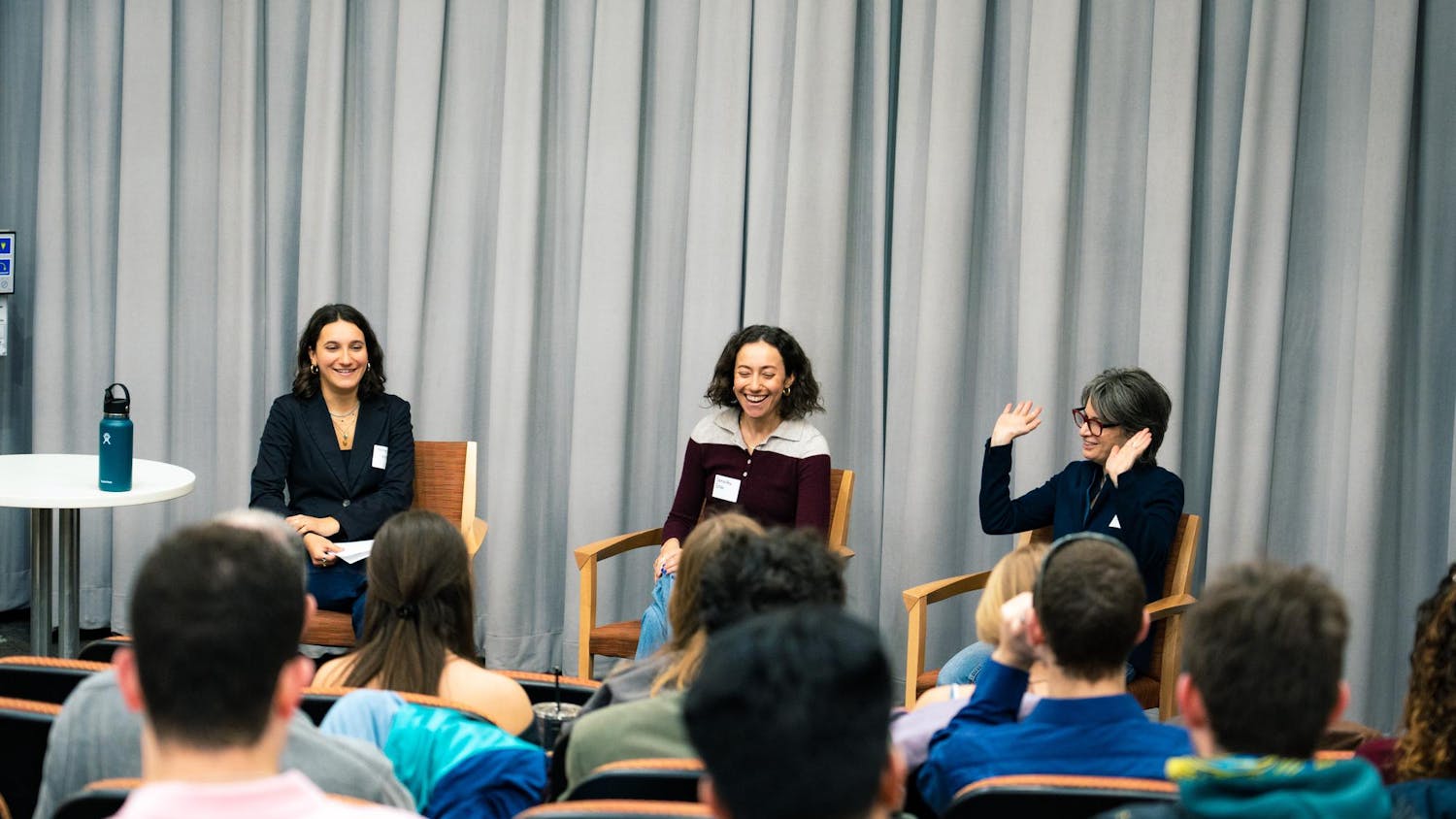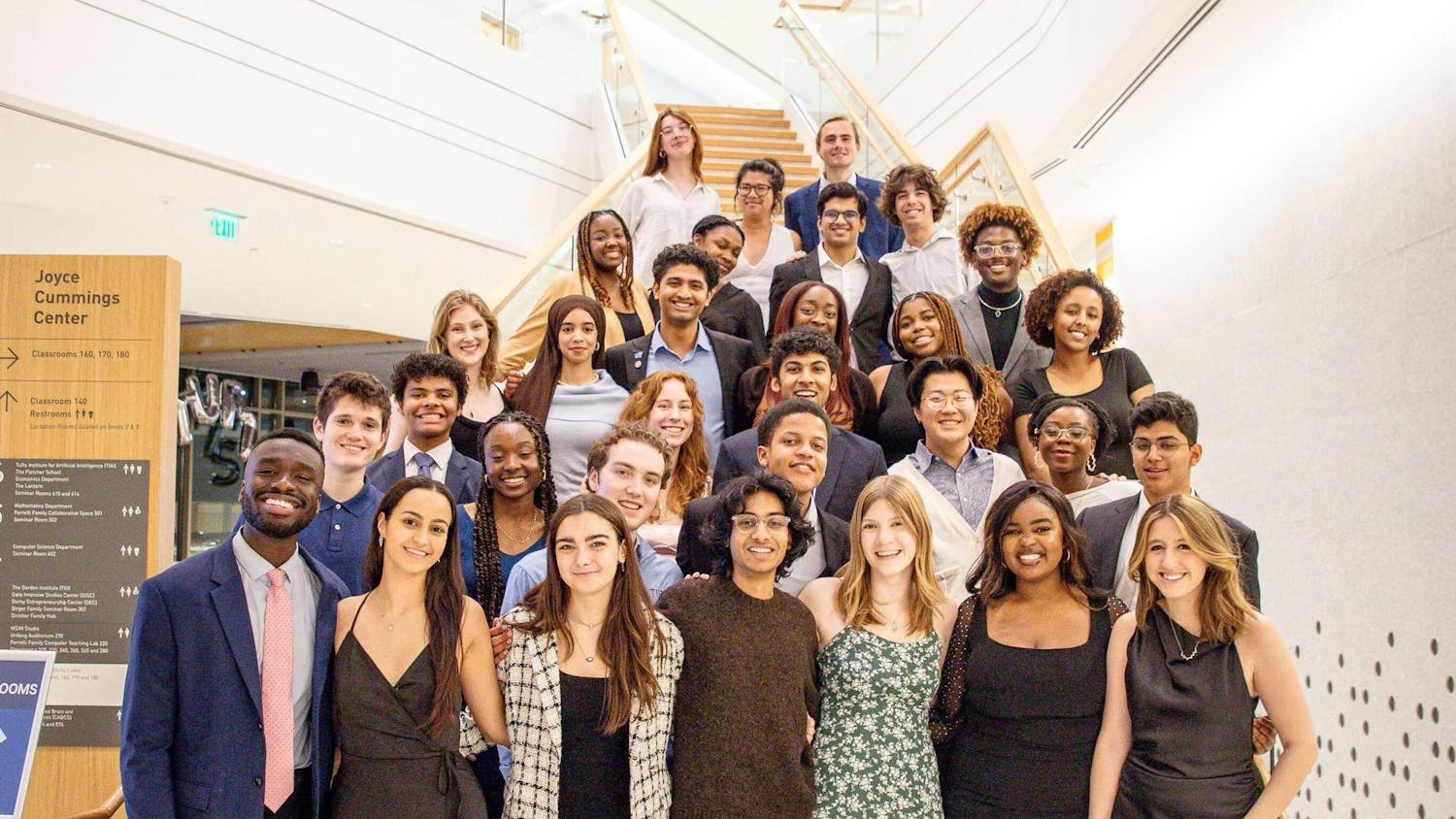It looks like the long lamentations concerning the political apathy of young people can temporarily be put to rest.
According to statistics compiled by the Center for Information and Research on Civic Learning and Engagement (CIRCLE) of the Tisch College of Citizenship and Public Service, voter turnout for the 18 to 29 year old demographic was about 53 percent this year. This number represents an increase of nearly five percent over CIRCLE's 2004 numbers, and an 11 percent increase from 2000. It also represents the greatest youth turnout since 1972, when issues surrounding the Vietnam War brought young people out in droves.
This news has elicited positive reactions from many who study or follow such trends.
"I am delighted to read early reports that indicate record turnout for young people," University President Lawrence Bacow said in an e-mail. "It looks like we will beat our 2004 record of student voter participation at Tufts."
This year's increase was chalked up to several different causes.
"I attribute the gradual upward trend to a new generation that is more concerned and active than Generation X was," CIRCLE Director Peter Levine said. "The factors that have increased their engagement probably include lots of good service programs in high schools and colleges, plus the intense news environment since 9/11."
Levine also gave the candidates credit for engaging young voters.
"[They have been] campaigning more on college campuses, on Facebook, and other places where youth are," he said.
Tufts Democrats president Shana Hurley agreed.
"The Obama campaign deserves a lot of credit," she said. "They made a deliberate effort to engage young people."
A study conducted by the Pew Research Center found that the Obama campaign contacted nearly 25 percent of young voters, compared to the 13 percent contacted by the McCain campaign.
Bacow offered yet another explanation relating specifically to Tufts students.
"Students deserve the lion's share of the credit for their efforts in getting out the Tufts vote," he said. "They organized, tabled and encouraged their friends to register to vote."
Still, some were cautious about the overall trend and its implications for non-college students.
"Almost all of the increased turnout among young people seems to be among college students," said Tufts Political Science Professor Kent Portney, who has conducted several studies on young voter trends. "Non-college young people did not seem to turn out at any higher rates than they have in the past."
Though data for the 2008 general election is still being compiled, this observation seemed to hold true for this year's primaries, in which 25 percent of college students voted, compared to only seven percent of their non-college peers.
One trend that seems to hold true for nearly all groups of young voters is their overwhelming preference for the Democratic candidate. Nearly 66 percent of voters aged 18 to 29 voted Democratic in 2008, compared to 54 percent in 2004 and 48 percent in 2000. According to data compiled by the Pew Research Center, 45 percent of young voters are self-identified Democrats, while only 26 percent are self-identified Republicans. This represents a drastic change from the last two presidential elections, in which young people were split almost evenly.
Despite such dramatic data, many observers were cautious about predicting a massive wave of young liberal thought.
According to the Pew Research Center, 42 percent of young voters described themselves as moderates, ahead of liberals (32 percent) or conservative (26 percent). While young voters generally favored more government intervention and opposed the war in Iraq, they also favored offshore oil drilling.
"There is a chance — but no guarantee — that this generation will move the nation in a progressive direction," Levine said.
Hurley echoed Levine's statements.
"The statistics suggest that this was more a reaction to George W. Bush and excitement about Obama," she said. "Young people are more progressive, but not necessarily more Democratic. Most of them favor the privatization of social security and extension of charter schools. These are typically Republican stances."
Despite her precautions, Hurley also held out hope that Democrats will continue to find resonance with young voters.
"We've had two presidential elections in which young people went Democrat," she said. "Statistics show that if you vote one way three times, you're pretty much guaranteed to vote that way for the rest of your life."
Overall, however, signs for future voter participation seem to be encouraging.
"Research shows that once a person votes, the chances are greater that he or she will vote again." Levine said. "Thus the high turnout in recent elections will probably mean that this generation will continue to vote as it moves through life."
"Participation is habitual," Hurley said. "Lots more people are civically engaged. There used to be a divide between civic and political participation, but we're starting to see that break down."
Bacow said he views this year's participation data with cautious optimism.
"It is hard to say whether young voter turnout will continue," Bacow said. "I hope it will, but one cannot extrapolate from one data point. Ask me again in 20 years."





